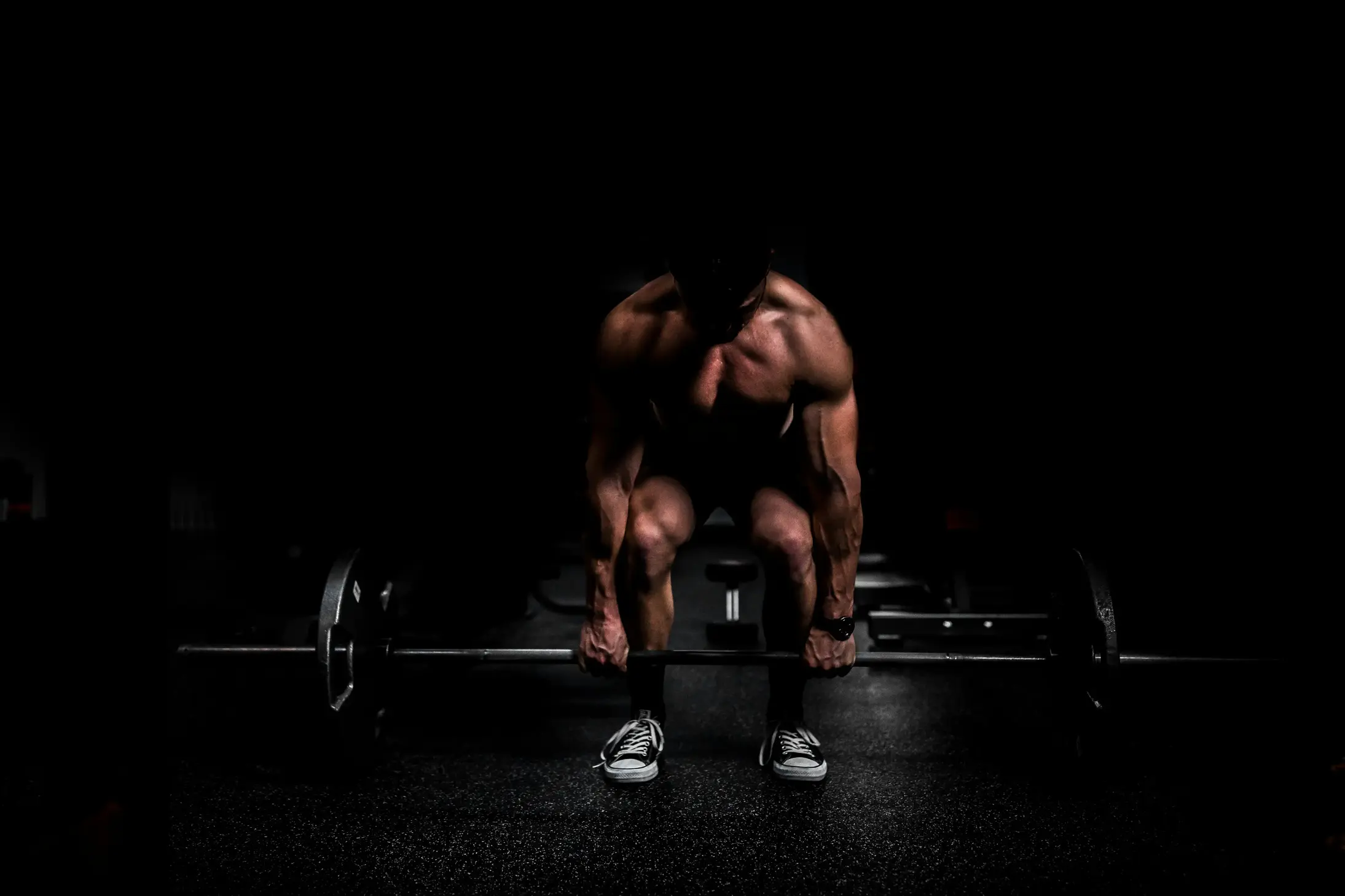
2.1 Basic Muscle Science
Big muscles and their different heads
Introduction
This section dives into various big muscles we have that we need to focus on.
I’ll categorise muscles and movement patterns in terms of PUSH PULL and LEGS, so that it’s easier to follow.
Push
The musculature involved in pushing stuff away from us.
For Example, in Bench Press, you’re pressing/pushing the barbell away from yourself.
The following muscles are part of the pushing musclature:
Chest
Technically know as the pectoral muscles (or the pecs).
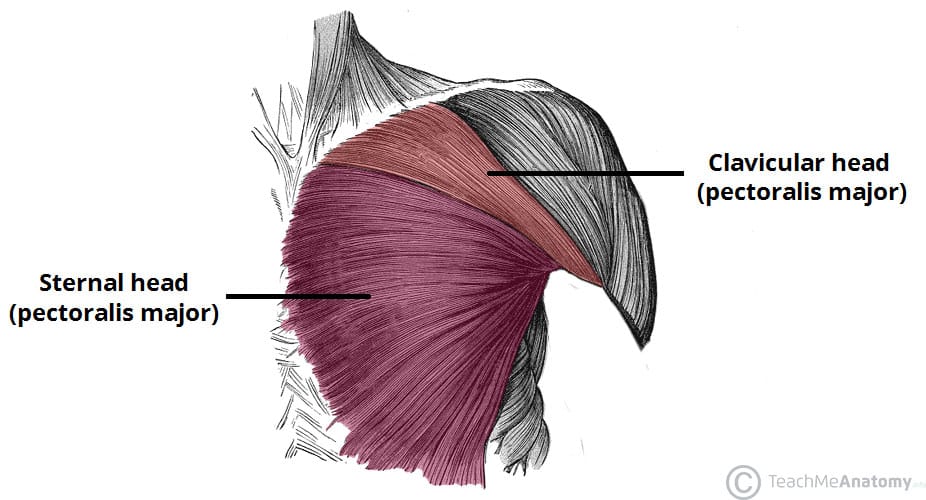
Keep in mind any chest pressing movement involves both the heads, but it might bias one over the other.
For Example, an incline dumbbell press will hit all the muscle fibres, but it will bias the clavicular/upper head more than the sternal/lower/middle head.
Anterior/Front Delt
The Deltoid (or the shoulder) muscle has primarily three heads.
The one on the front side of the body, near the chest muscle is called the anterior deltoid.
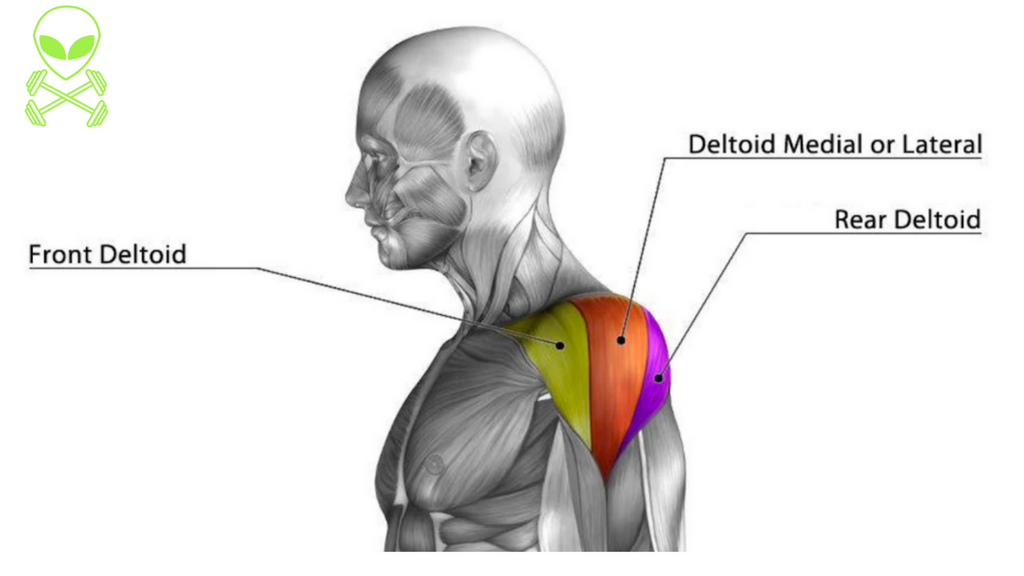
Technically, there are 7 different insertion points on the shoulder joint, but effectively we treat them as just three.

Triceps
The muscle that forms the meat of the arms. The overall muscle mass of the tricep is double to that of bicep, hence the more important one for bigger arms.

All three heads insert at the elbow joint, meaning all of them are resposible for extending the arm, but the long also inserts at the shoulder joint. That means extending the elbow while keeping your arm overhead (as in a skull crusher) will bias the long head more than normal extensions (let’s say in pushdowns) (more lengthened long head). Keep this in mind for future.
Also, any pulling movement or any movement where only the shoulder joint moves (example pullovers) also works the long head a bit (and only the long head, not lateral and medial).
Notes: Don’t get intimidated by so much terminology and fancy words, we’ll go through each of the later on.
Pull
Muscles involved in pulling stuff towards us.
Example, pullups, bicep curls.
Back
Probably has the most mass among any muscle group. But that is because it further consists of many smaller muscle groups, like the traps, rhomboids, lats etc.

Fundamentally, there are two movement patterns for back and you don’t need to do a different exercise for every small muscle. That we’ll go through in the exercise selection section.
Bicep
Probably the smallest muscle group among all of the major muslces. Has two heads, the short head and the long head.
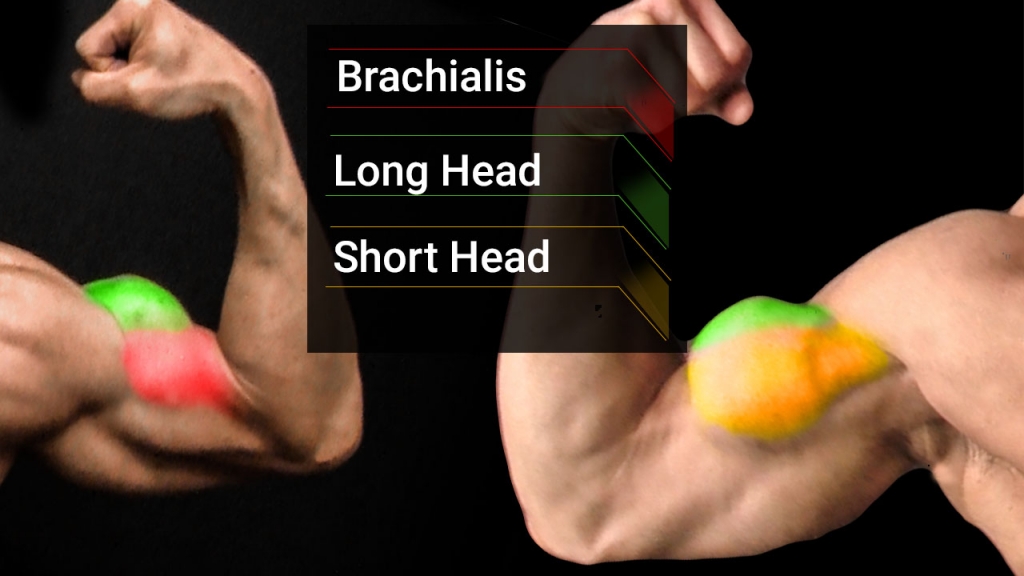
There’s also a muscle called brachialis, beneath the bicep which helps in pushing the biceps higher and improves it’s peak.
Rear delt
The head of the deltoid muscle on the back of the torso.
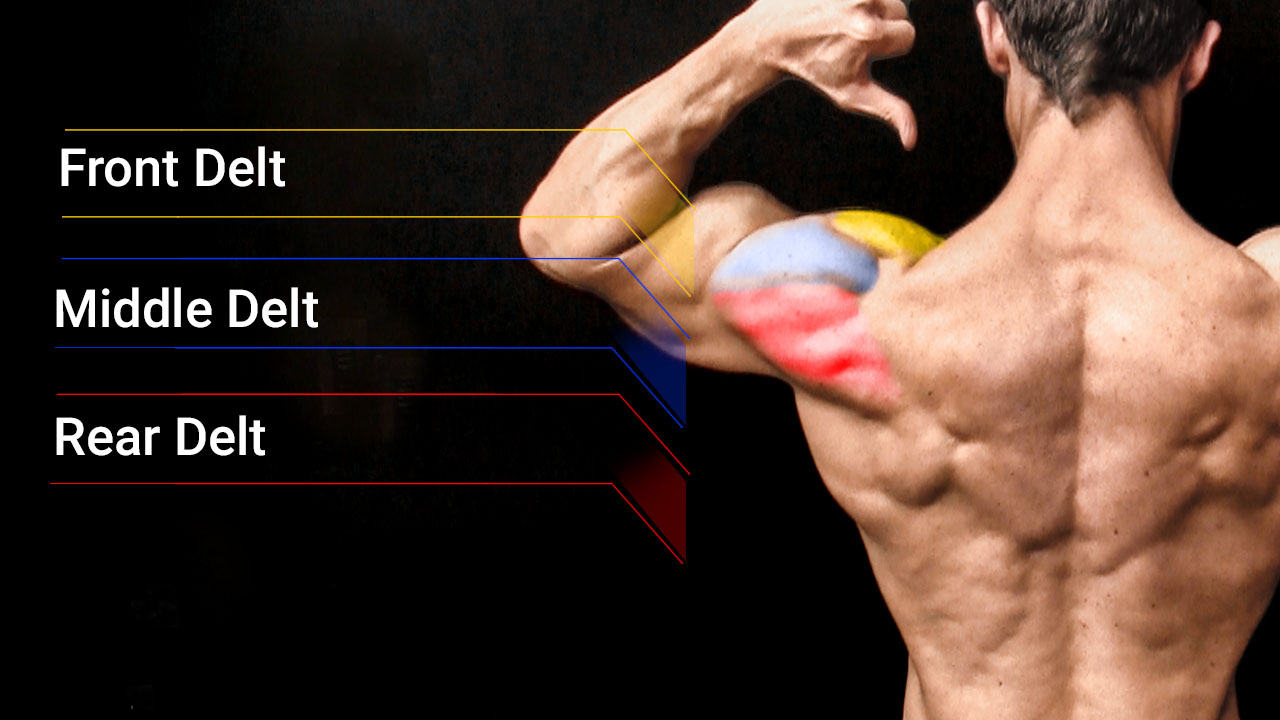
It gets worked decently if we train our back properly, but some rear delt isolation never hurts, considering most people probably have underdeveloped rear delts.
Legs
Muscles of the lower body.
Quadriceps
Basically the front part of thighs.
The Biggest individual muscle among large muscles. Has four heads, hence the name.

Squats are goated for quads.
But the rectus femorus head inserts both at knee and hip joints, so new exercise scientists argue squats don’t train that enough and adding a knee extension to your program will be useful, but stats show decent growth even with just squats. So yeah, just do (atleast) squats and you’ll be good to go.
Hamstrings
Muscle complementary to quadriceps, the back part of the thigh.

The short head of Bicep Femorus doesn’t insert at the hip joint, but all four heads insert the knee joints. So, hip hinges are basic, but for whatever reason you want to be a minimalist and do the bare minimum then only leg curls would suffice.
And yeah, don’t worry, we’ll go through every useful exercise in the next section.
Glutes Maxiumus
Basically the muscles of the butt.
No need to train dedicatedly, especially if you have long femurs and do squats, but no one’s stopping you from doing isolations for them.
Calves
Don’t neglect calves.
Notes:
- Apart from these, there are side delts which don’t really get trained directly in any compound movement.
- A muscle lets say back written in pull is worked in pull, but that doesnt mean it’s not used in push at all, dips and bench presses require a lot of stability supported by a strong and defined back.
- Your Pushing strength should match out your Pulling strength.
This page was last edited on 01 Feb 2025 at 02:35 pm